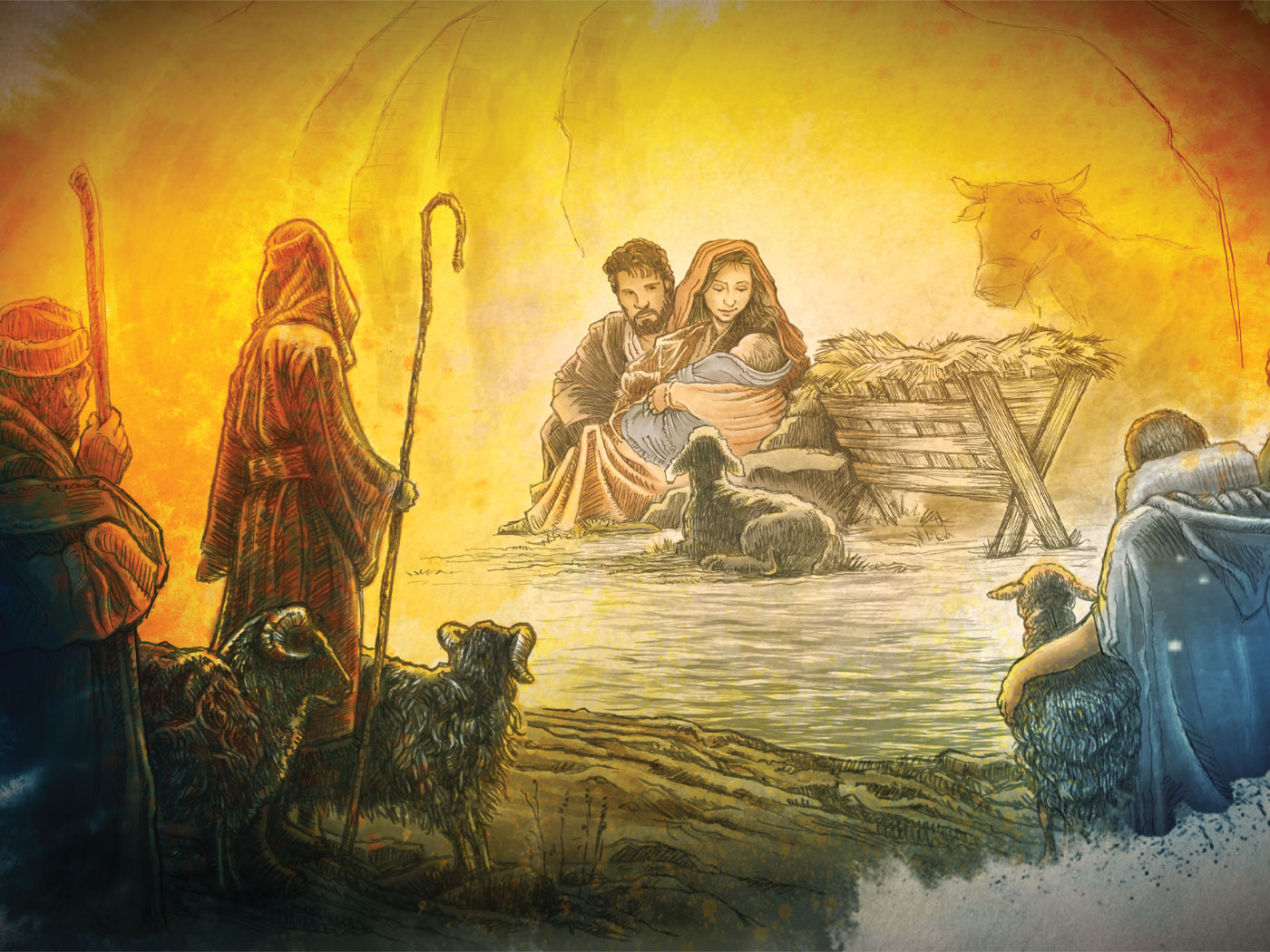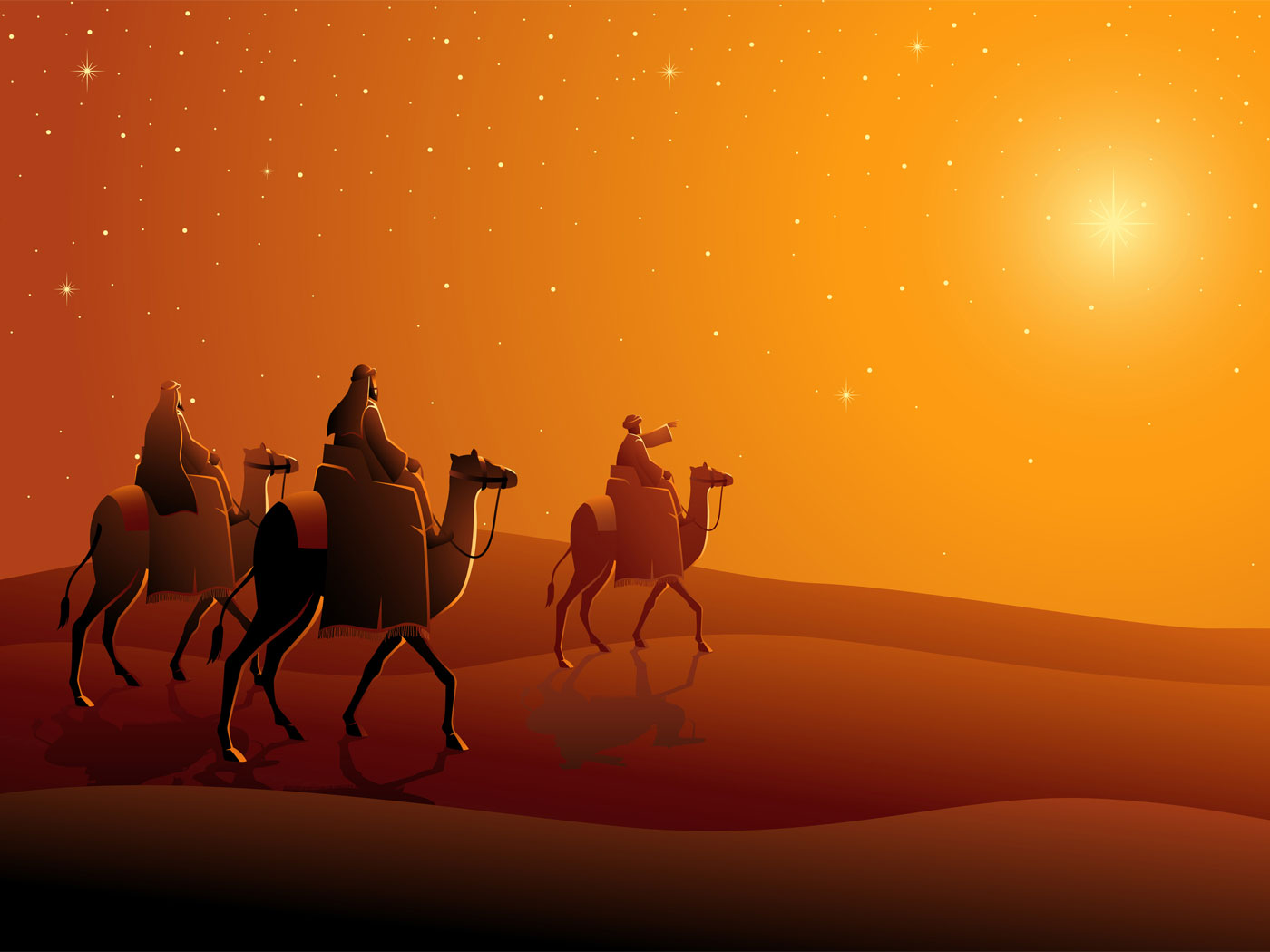Data from recent spacecraft flybys challenge the prevailing naturalistic perspective on asteroid origins. Secular astronomers assume that natural processes, rather than miracles, created the sun, Earth, planets, and asteroids from ancient, swirling masses of gases, but this new evidence points to something different.
Writing in the British science journal Nature, Harvard's Francesca DeMeo and the Paris Observatory's Benoit Carry summarized the latest asteroid puzzles.1 For decades, secularists argued that asteroids somehow formed from merging dust particles in a hot nebula. Thus, where they orbit and what they're made of should reflect the material content and temperature of the nebula at the time of their formation.
However, secular astronomers have not yet explained how less common asteroids mixed so thoroughly with more common types. DeMeo and Carry wrote, "The rarer asteroid types, such as the crust and mantle remnants of fully heated and melted bodies, are seen in all regions of the main belt."1 Nor can they easily explain why "the smorgasbord of compositional types of small bodies throughout the main belt contrasts with the compositional groupings at large sizes."1
To help solve the riddle of mixed asteroids, some entertain a notion called the "Grand Tack model." It posits that Jupiter migrated near to Mars' orbit and somehow cleared out and redistributed the main belt asteroids in its mighty wake. "Jupiter then reversed course and headed back towards the outer Solar System," eventually taking up its current residence, according to the Nature study authors.1
Yet, like many grand astronomy concepts, the Grand Tack model seems to create more problems than it solves. What massive force could have moved giant Jupiter in toward the sun, and why didn't that force destroy Jupiter, other planets, or the asteroids themselves? And then what powerful agent slung Jupiter outward to its current, stable orbit? It's as though researchers need Jupiter's gravity to act as a magic hand that mixed and placed asteroids near to where we see them today—in the main belt between Mars and Jupiter.
A better way to explain the unique arrangement of rare and common, large and small asteroids is that God put them there in the beginning. If so, they have been around since creation took place only thousands of years ago. Do the asteroids look more like they are thousands of years young or billions of years old, cold, and dead?
The Nature study authors wrote, "Planetary migration ends well within the first billion years of our Solar System's [assumed] 4.5-billion-year history. The asteroid belt, however, is still dynamic today. Collisions between asteroids are continuously grinding the bodies down."1 Why do asteroids still exist after grinding each other down all this supposed time? If the main belt were that old, it would contain nothing more than dust remnants of the active bodies that once orbited there.2,3
Thinking in terms of a recent creation solves these and other fascinating asteroid observations, answering the difficulties facing secular origins stories. God positioning these heavenly bodies personally and recently, in accordance with Genesis creation, explains their various compositions, orbits, and sizes, as well as their very existence.
References
- DeMeo, F. E. and B. Carry. 2014. Solar System evolution from compositional mapping of the asteroid belt. Nature. 505 (7485): 629-634.
- The main belt asteroids would have been ground to dust and then swept away by solar radiation.
- Ironically, this very process of grinding refutes the nebular hypothesis, which asserts that dust coalesced into planets and the sun. In reality, dust particles bounce off of one another far more readily than they adhere.
* Mr. Thomas is Science Writer at the Institute for Creation Research.
Article posted on March 10, 2014.



















